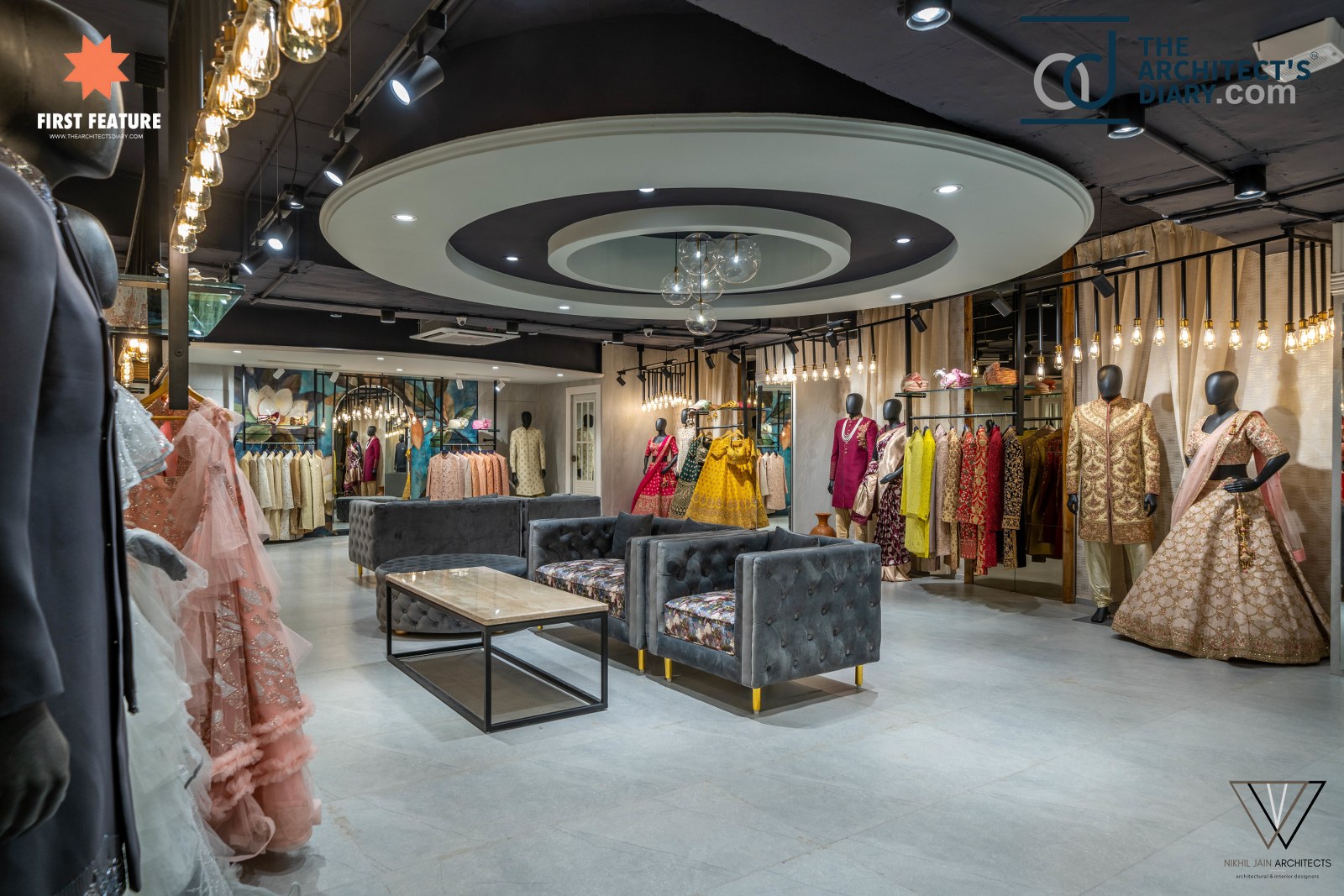Discovering the Evolution and Effect of Apparel on Modern Fashion Trends
The development of apparel has substantially affected modern fashion patterns, combining historic precedents with advanced advancements. Legendary figures like Coco Chanel and Yves Saint Laurent transformed the garment industry by presenting concepts that prioritize comfort and accessibility, which remain to reverberate today. At the same time, technical strides in locations such as 3D printing and smart textiles are redefining style possibilities and customer experiences. Additionally, the growing emphasis on inclusivity and sustainability is reshaping industry standards. As we consider these multifaceted influences, one should doubt exactly how these aspects collectively redefine fashion's role in reflecting and forming modern society.
Historic Style Influencers
In the tapestry of fashion history, particular figures have actually left an indelible mark, forming the trends and designs that define whole eras. Coco Chanel, an advanced designer, redefined ladies's style by introducing comfy, stylish apparel that departed from limiting bodices.
Elsa Schiaparelli is one more crucial figure, renowned for her progressive layouts that integrated surrealist art, collaborating with Salvador Dalí to produce wayward pieces that tested standard aesthetic appeals. Her innovative use of shade and vibrant patterns resounds in contemporary style. Yves Saint Laurent, at the same time, democratized high style with prêt-à-porter collections, bringing path styles to the masses and setting a criterion for modern-day ready-to-wear lines.
These visionaries, among others, not just changed fashion in their times however likewise established enduring trends that resonate in today's fashion business, providing a foundation upon which contemporary developers proceed to construct and innovate. Their traditions highlight the relevance of creative thinking and daring in fashion's ever-evolving story.
Technical Developments in vogue
In the middle of the vibrant landscape of the garment industry, technical innovations stand at the center of innovation, reshaping how designers create and consumers involve with style. The assimilation of 3D printing has actually changed layout procedures, making it possible for developers to trying out intricate frameworks and lasting materials that were previously inconceivable. This technology facilitates rapid prototyping, reducing waste and expediting manufacturing times.

Smart fabrics, embedding innovation right into materials, are additionally transforming the market. Technologies like temperature-regulating and self-cleaning textiles provide boosted functionality and comfort. Wearable modern technology, incorporating functions like health and fitness tracking and communication, includes a brand-new dimension to fashion, combining aesthetics with functionality.
Social Changes and Design
As technological developments remain to reshape the fashion business, social changes are just as significant, redefining design and customer choices. In the last few years, the surge of social media sites platforms has accelerated the dissemination of worldwide style trends, permitting diverse social influences to merge and exist side-by-side. This electronic interconnectivity has actually assisted in the fast exchange of concepts, causing a much more eclectic and inclusive analysis of design that shows the diverse nature of modern society.
Social visite site recognition and admiration have actually triggered designers to attract ideas from a wider spectrum of historic and ethnic contexts, incorporating typical themes with contemporary aesthetic appeals. This fusion has led to fashion that reverberates with a broader audience, promoting a feeling of identity and belonging throughout various demographics. Furthermore, the increasing need for personalization has driven brand names to provide customizable alternatives, allowing consumers to share uniqueness while mirroring their social heritage.
Furthermore, changing societal worths have impacted style, with inclusivity and diversity ending up being central motifs. The industry has actually begun to welcome models and influencers of numerous physique, ethnic cultures, and gender identifications, difficult standard appeal standards. This improvement underscores the power of cultural changes in shaping the future of style, as style click this ends up being a more authentic expression of cumulative and individual identity.
Sustainability and Modern Style
While the fashion industry continues to develop, the crucial for sustainability has actually come to be significantly immediate, affecting modern-day layout techniques. The surge of slow-moving style, which stresses high quality over amount, motivates consumers to invest in ageless pieces rather than short-term fads.
In addition, modern-day style is characterized by its technology in lessening waste and promoting circularity. This strategy not just reduces ecological effect but additionally enhances the social responsibility of style houses.

Future Trends in vogue

Sustainability will certainly proceed to be a driving force in forming future fashion fads. The market is increasingly taking on environmentally friendly materials and honest production approaches, reacting to an expanding consumer need for accountable techniques. Advancements such as bio-fabricated materials and closed-loop recycling systems are readied read this article to redefine how garments is produced and eaten, decreasing ecological impact while preserving style and high quality.
Social shifts, consisting of the rise of inclusivity and variety, will certainly likewise play a crucial role. As culture becomes a lot more knowledgeable about social problems, style is expected to end up being a system for expression and change. Designers will likely concentrate on creating collections that show a more comprehensive range of identities and experiences, promoting representation and availability.
Verdict
The evolution of clothes substantially affects contemporary style patterns, where historic influences merge with contemporary designs. This ongoing evolution underscores style's duty as a mirror to social worths and technological development, suggesting a future rich with innovation and inclusivity.
The evolution of clothing has actually dramatically affected contemporary fashion trends, combining historic criteria with sophisticated technologies.Among the vibrant landscape of the fashion sector, technical improvements stand at the leading edge of development, reshaping just how designers create and customers involve with fashion.While the style market continues to advance, the crucial for sustainability has become significantly urgent, influencing modern-day style practices. As sustainability comes to be embedded in modern-day style, it paves the method for a more aware and accountable style sector.
The advancement of clothes dramatically affects modern style trends, where historical impacts merge with modern designs.